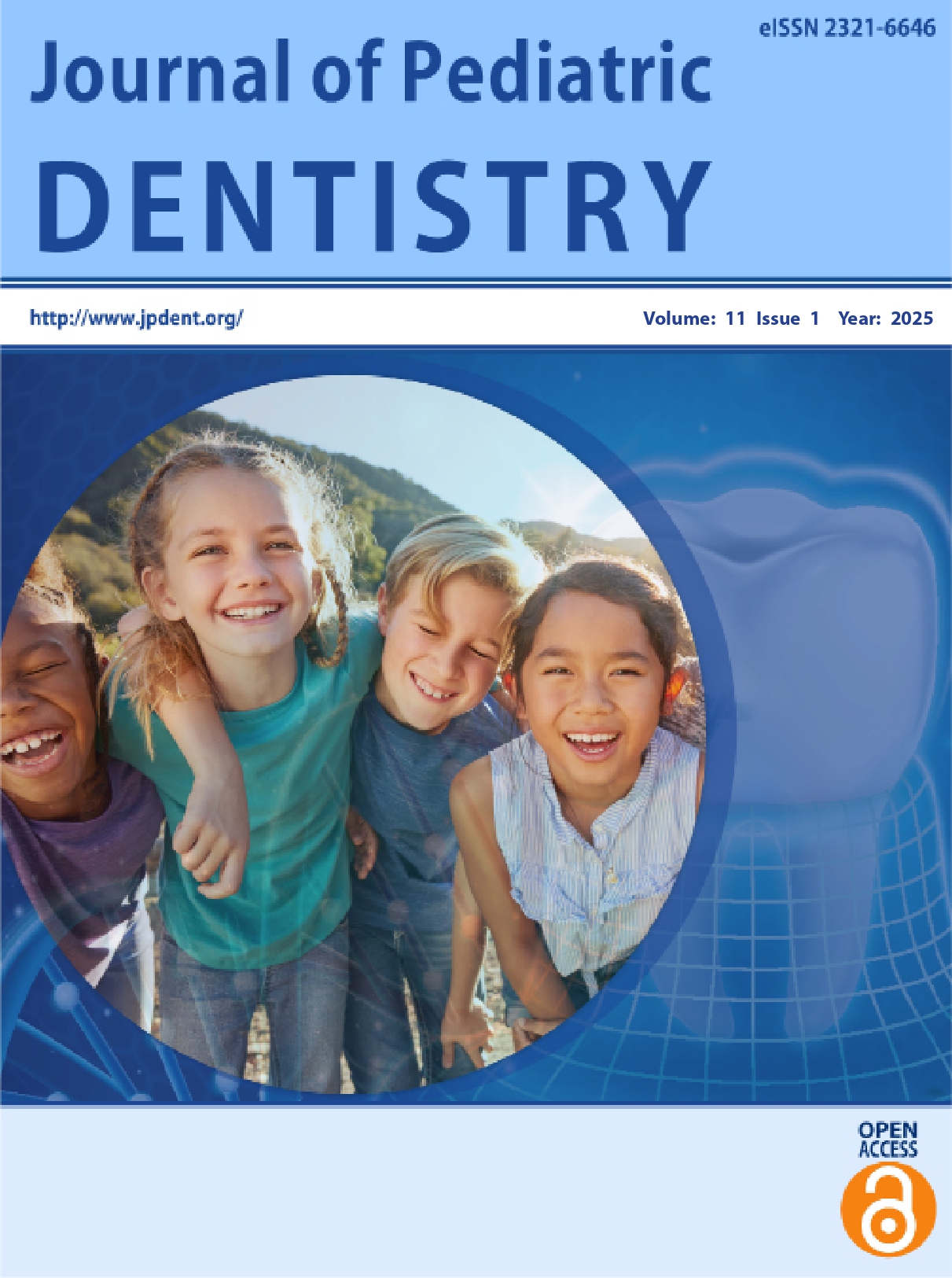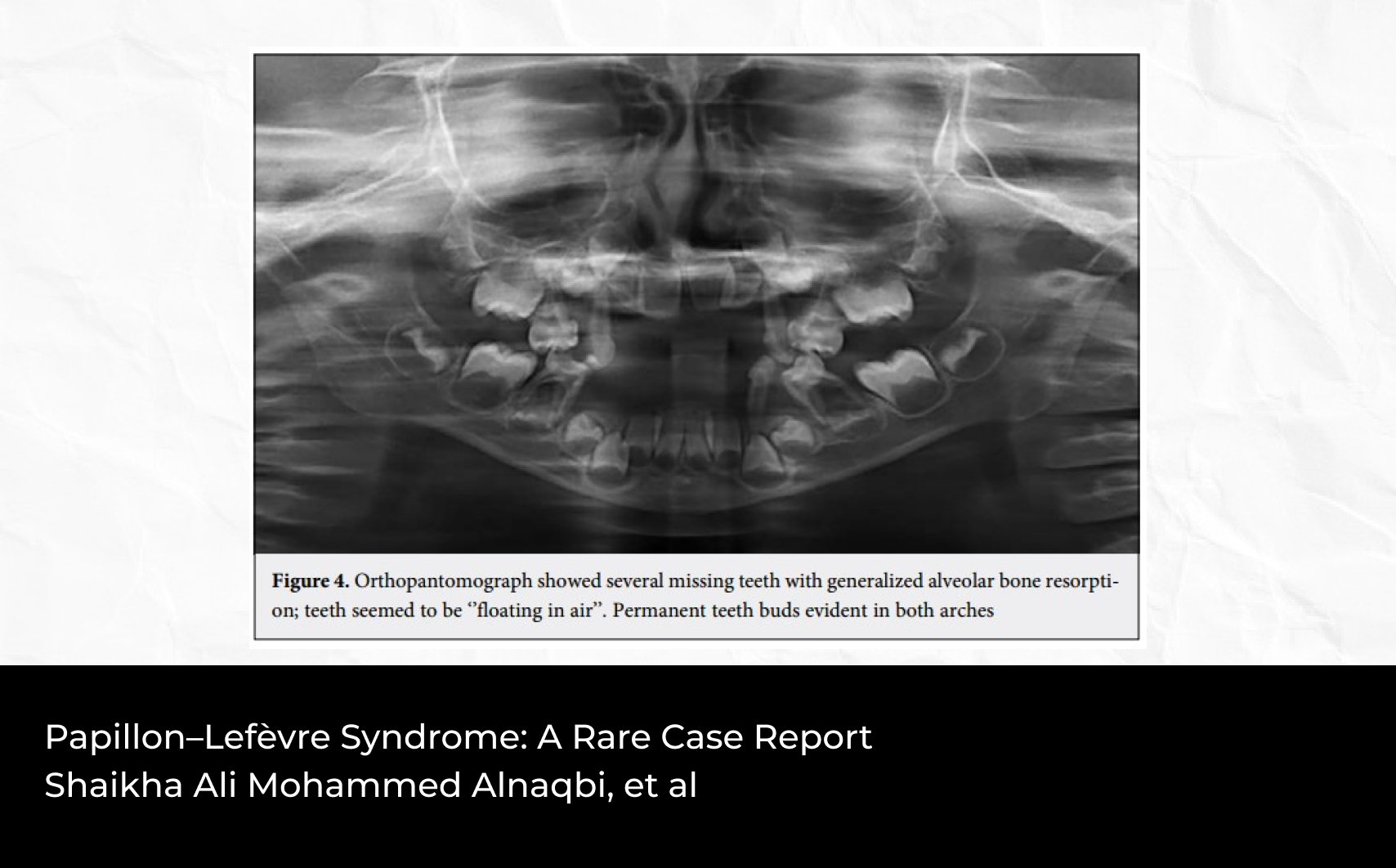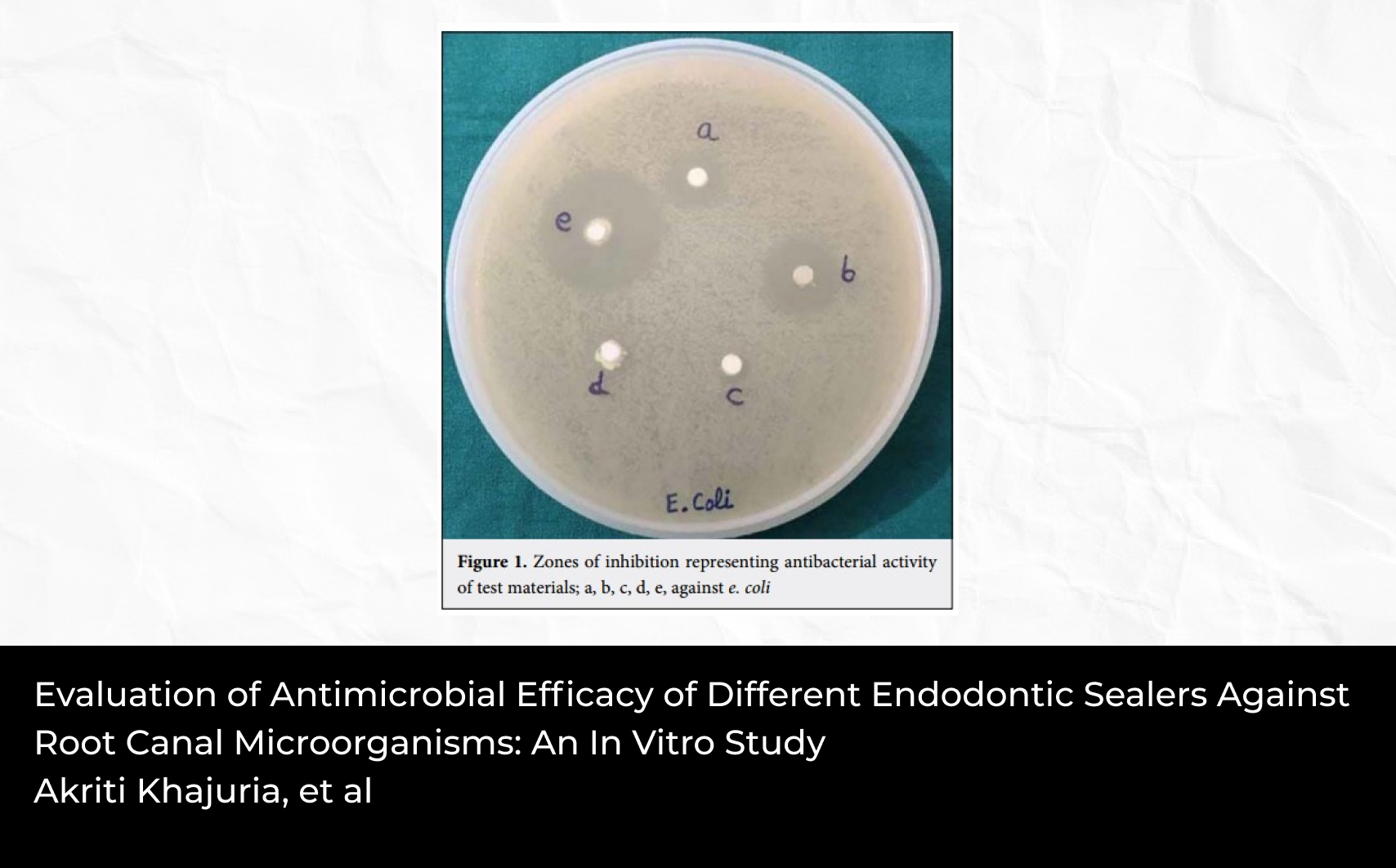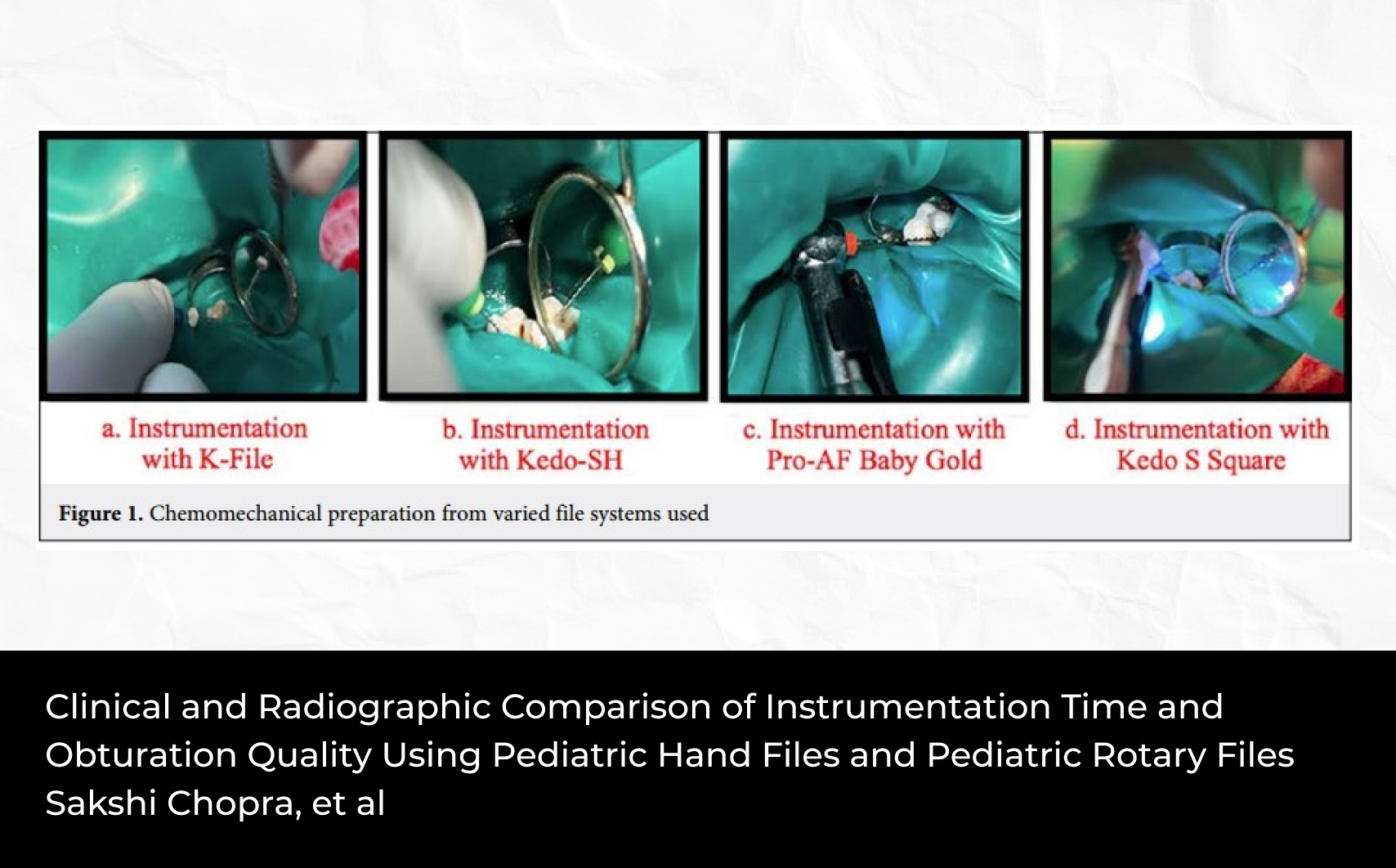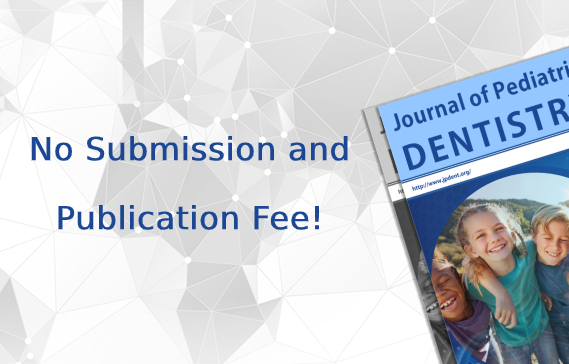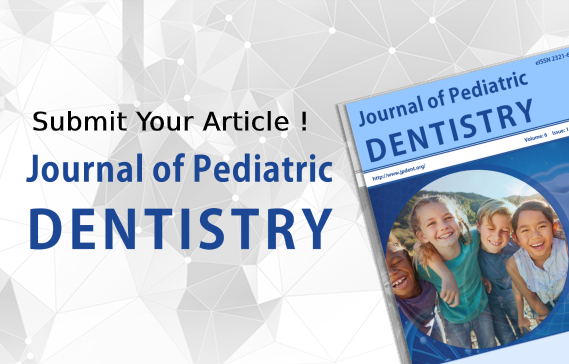2Department of Biostatistics, Gillings School of Global Public Health, University of North Carolina
3Department of Operative Dentistry, University of North Carolina, Chapel Hill, North Carolina, USA
Abstract
Caries lesions that develop around restorations (CARS) are the main reason for restoration
replacement. The aim of this study was to assess whether surfaces that developed CARS and progressed to cavitation have a different fluorescent profile than surfaces that have restorations and no associated lesions. Quantitative light-induced fluorescence (QLF) images of occlusal, buccal, or lingual surfaces of permanent molars from 569 consented children followed up for 48 months as part of a longitudinal study (Ferreira Zandoná et al, 2010, 2013) with an amalgam restoration and
no associated caries lesion at baseline as determined by visual examination using the International Caries Detection and Assessment System (ICDAS) were selected. Surfaces (n = 22) that progressed to cavitation (ICDAS ≥5) at follow-up and randomly selected surfaces (n = 22) with no change at follow-up were analyzed for QLF parameters: area (A [mm2]), fluorescence loss (ΔF [%]), and ΔQ [% × mm2]. Single, calibrated, and masked examiner (CPP) analyzed the images. Means and slopes between progressed and nonprogressed surfaces were compared using linear mixed effects models. ΔF, ΔQ, and ΔA increased significantly (P ≤ 0.0001) at a faster rate for surfaces that developed CARS and progressed to cavitation compared to restorations with no associated lesions. Surfaces with amalgam restorations that developed associated caries and progressed to cavitation have a different fluorescent profile than surfaces that have amalgam restorations and no associated lesions. Within the limitations of this study, QLF could assess the development of CARS in vivo. Analyses of amalgam restorations with associated lesions that do not progress to cavitation are warranted.

